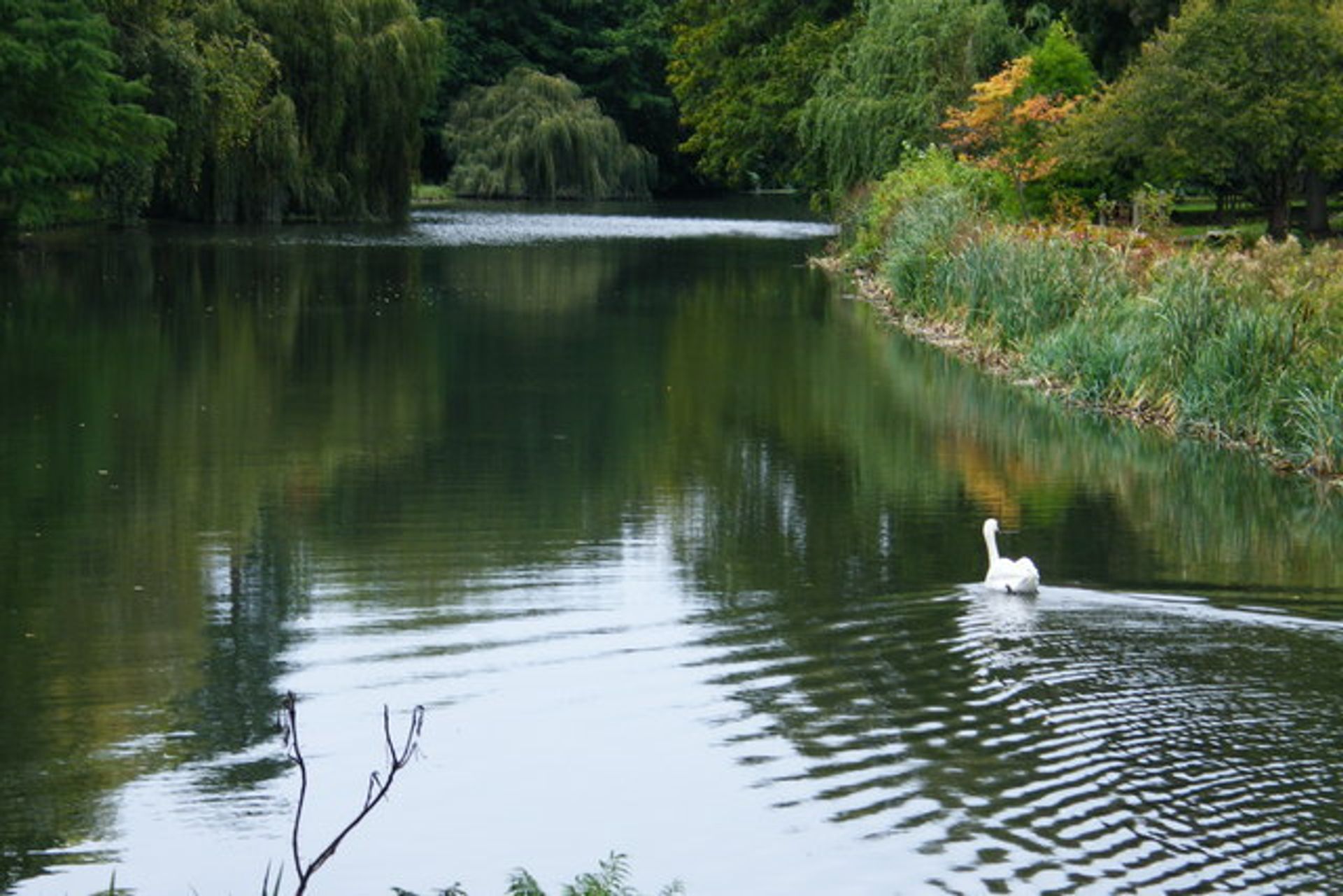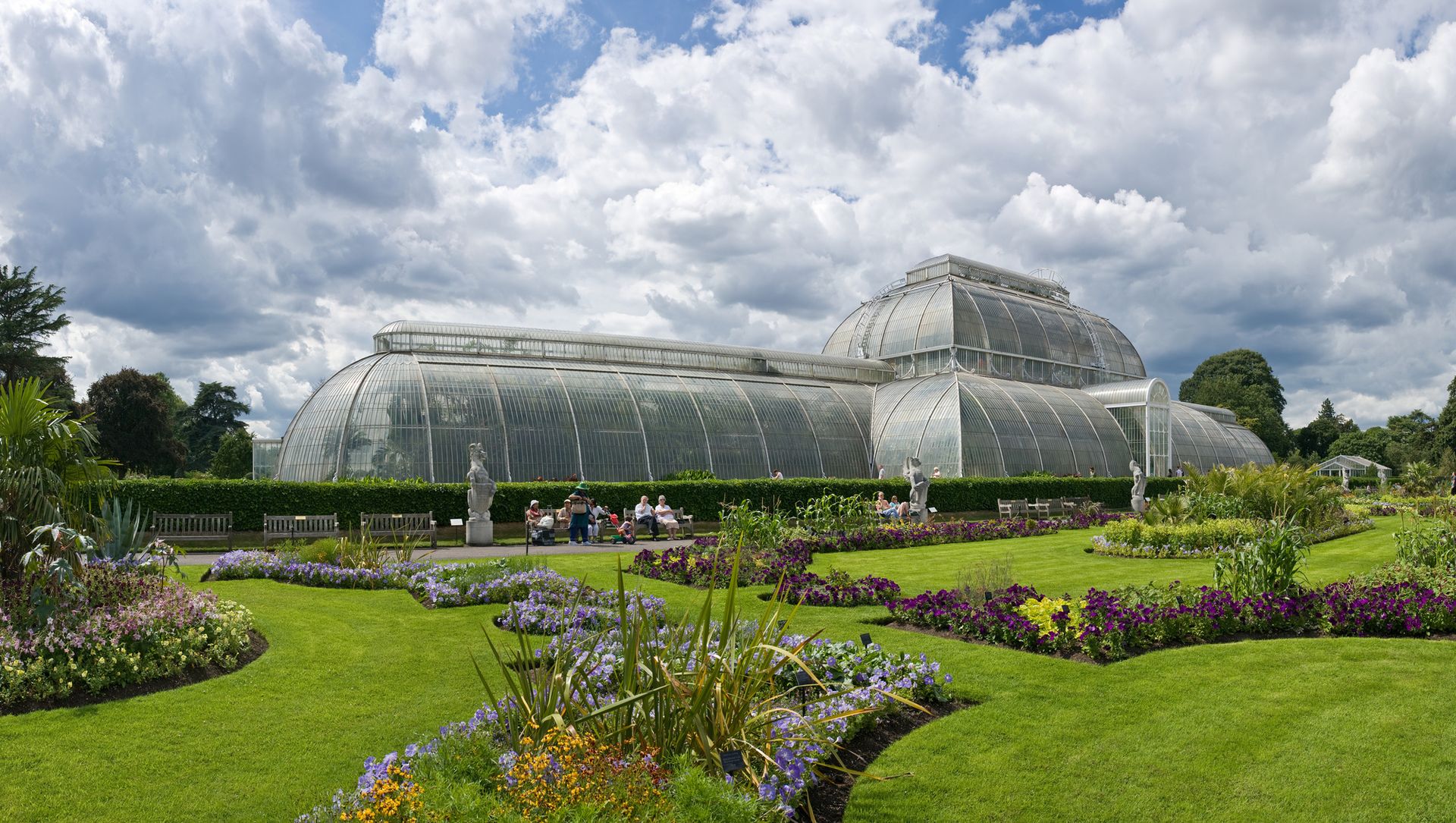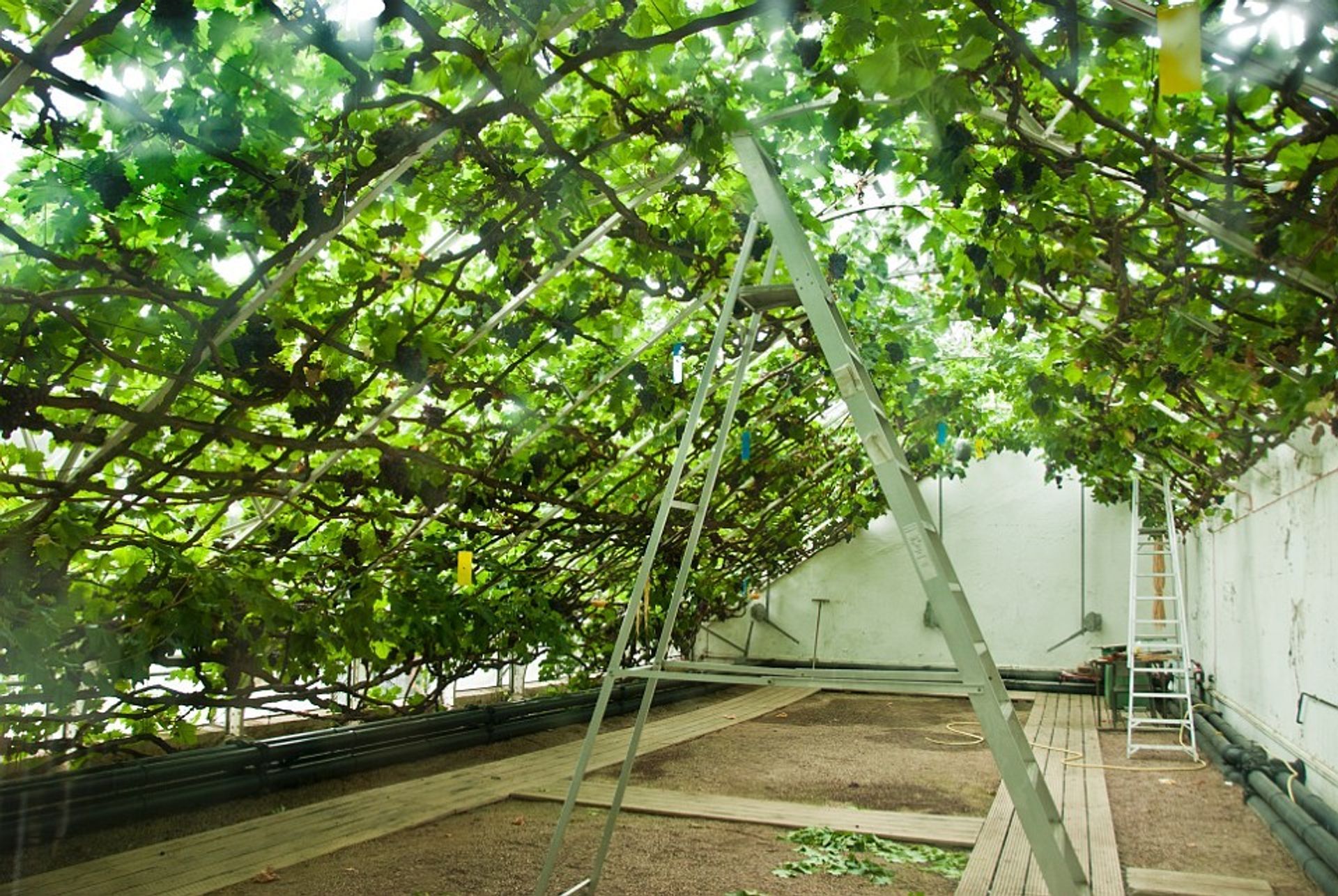England is celebrating its most famous landscape architect Lancelot “Capability” Brown (1716-83) this year, with events staged across the country to mark the tercentenary of his birth. But you don’t necessarily have to go traipsing out to the countryside to places such as Blenheim Palace, Harewood House or Warwick Castle to see evidence of the British landscape designer’s work—he is associated with around 37 gardens in Greater London and 12 within the capital city proper. The historian Oliver Cox will discuss some of these landscapes and how they inspired post-Second World War reconstruction at a Royal Geographical Society talk in London on 26 April, organised by the World Monuments Fund Britain. Below is a sampling of Brown’s designs in Greater London.
Buckingham Palace In between copious cups of tea, sandwiches and slices of cake, those lucky enough to acquire an invitation to a royal garden party (the Queen hosts three such occasions at her London residence each summer) have ample opportunity to nose around her private gardens and experience Brown’s work at first hand. Alternatively, areas of the garden are accessible to the public in August and September when the palace is open to visitors. Brown designed an updated plan for the garden when King George III bought the property from the Duke of Buckingham in 1761 for his wife, Queen Charlotte. He also suggested creating the lake that still exists at nearby St James’s Park.
Syon Park

Transforming the gardens around the Duke of Northumberland’s stately home along the river Thames was Brown’s first major commission. Despite the fact that Brown is believed to have worked on the 200-acre site for around two decades, scholars are only now beginning to understand the extent of the designer’s imprint on the landscape. According to Susan Darling, a researcher at London Parks & Gardens Trust, there appear to have been two distinct phases of work, the first of which began in 1754, according to the Duke’s account books. Among Brown’s many contributions was the creation of sweeping vistas, the pleasure grounds and a serpentine river.
Kew Gardens

Brown’s handiwork can also be found across the river from Syon Park at the Royal Botanic Gardens in Kew. He was among a host of landscape architects, including William Kent and Charles Bridgeman, who had a hand in remodelling the Kew’s earlier Baroque gardens. Among other things, Brown is credited with redesigning the royal pleasure gardens and kitchen garden for George III. The Royal Botanic Gardens were made a Unesco World Heritage Site in 2003.
Hampton Court Palace

Brown lived at Hampton Court Palace, where he was chief gardener, from 1764 until his death in 1783. Some say his greatest contribution to the gardens at Hampton Court was planting what is now known as “the Great Vine”. Billed as the largest grape vine in the world, it produces an average of 272kg of black dessert grapes each year.
David Garrick’s Villa at Hampton

Brown is thought to have advised the actor David Garrick on the design of the pleasure garden surrounding his grand octagonal temple to Shakespeare, for which the 18th-century thespian commissioned the French sculptor Louis-François Roubiliac to create a life-size likeness of the Bard. Brown’s design included a tunnel linking the garden and the house.
•For more on Capability Brown and his tercentenary, see www.capabilitybrown.org
• For tickets to the World Monuments Fund Britain’s talk at the Royal Geographical Society in London, see www.wmf.org.uk

